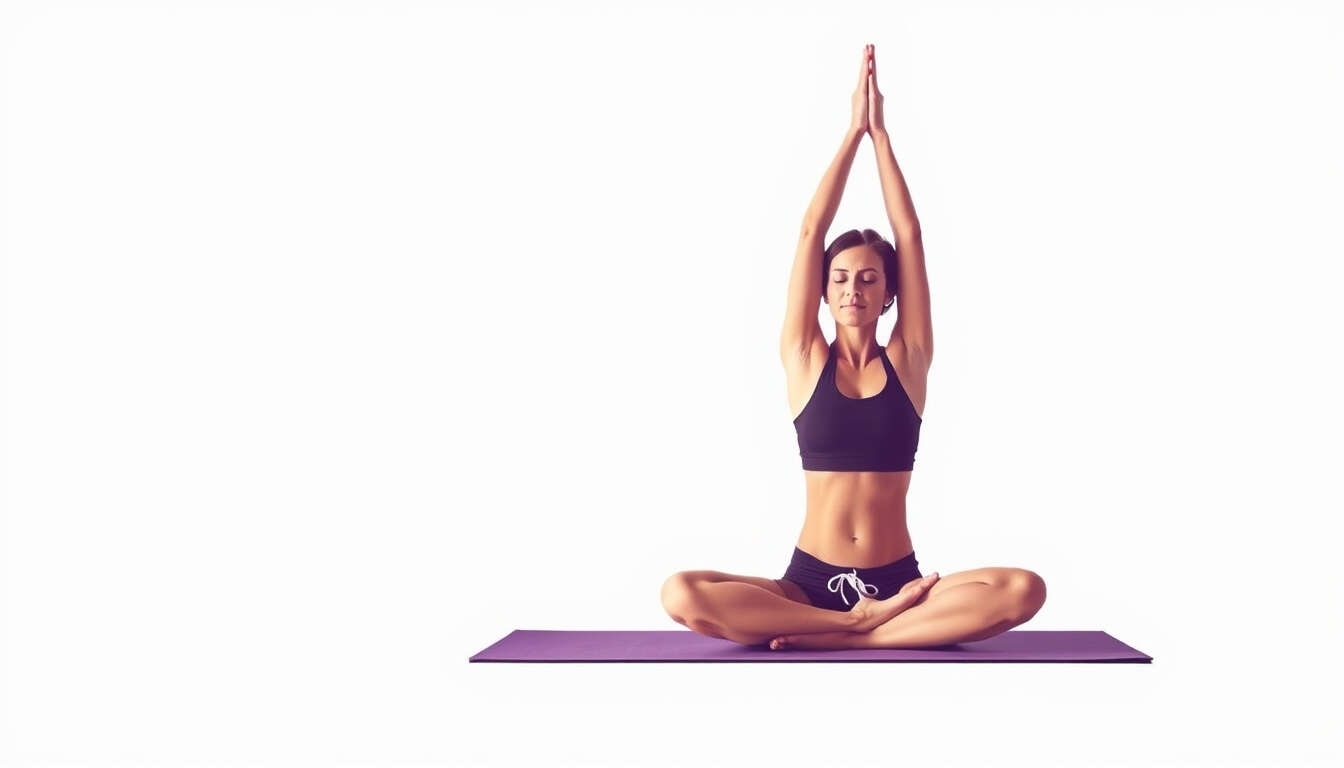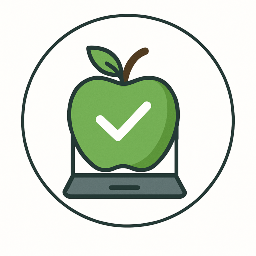Yoga for Stress Relief Among Developers
 by Marlene Keeling
by Marlene Keeling
Discover how yoga serves as an effective tool for managing stress in the lives of software developers. This article explores practical techniques, benefits for mental and physical health, and ways to integrate yoga into daily routines for better well-being.

Software developers often face high levels of stress due to tight deadlines and demanding projects. This can lead to burnout and affect overall health. Yoga offers a simple yet effective approach to manage this stress, promoting both mental clarity and physical relaxation.
One key benefit of yoga is its ability to reduce anxiety. Research from the American Psychological Association indicates that regular yoga practice can lower stress hormones like cortisol. For developers, who spend long hours at desks, this means improved focus and energy levels. Imagine a developer starting their day with a few minutes of yoga; it sets a positive tone, helping them handle work pressures with greater ease.
Yoga also supports physical health by improving posture and ergonomics. Many developers experience back pain from poor seating positions. Poses such as the downward dog or child's pose stretch the spine and strengthen core muscles, easing discomfort. A study in the Journal of Occupational Health found that such practices reduce musculoskeletal issues, making daily tasks more comfortable.
In terms of nutrition and exercise, yoga complements a balanced lifestyle. It encourages mindfulness about eating habits, reminding developers to take breaks for meals rather than eating at their desks. Combined with light physical activity, yoga enhances overall fitness. For instance, a developer might incorporate sun salutations into their routine, which boost circulation and support better sleep hygiene.
Sleep is another area where yoga shines. Poor sleep can exacerbate stress, creating a cycle that impacts productivity. Techniques like gentle breathing exercises promote relaxation before bed, leading to deeper rest. The National Sleep Foundation notes that these methods improve sleep quality, allowing developers to wake up refreshed and ready for the day.
The psychological effects of remote work add another layer of challenge. Without office interactions, isolation can build up. Yoga provides a way to connect with oneself, fostering emotional resilience. A real-life example involves a developer who, after switching to remote work, adopted a daily yoga routine. They reported feeling less isolated and more motivated, turning their home office into a space of calm.
To get started, begin with basic poses. Seated twists can relieve tension in the back, while forward bends help calm the mind. Aim for 15-20 minutes a day, perhaps during lunch breaks. Over time, this practice can prevent burnout and enhance work-life balance.
Nutrition plays a role too; yoga's mindfulness extends to choosing healthier foods that fuel the body. Pairing yoga with regular walks or other exercises creates a well-rounded routine. Remember, consistency is key—small changes lead to significant improvements in health.
Ultimately, by prioritizing yoga, developers can build a sustainable professional life. It is about creating habits that support long-term well-being, ensuring they thrive both at work and beyond.
